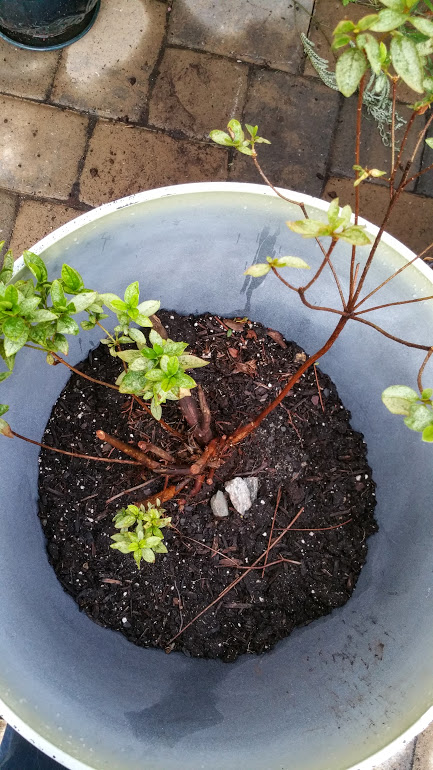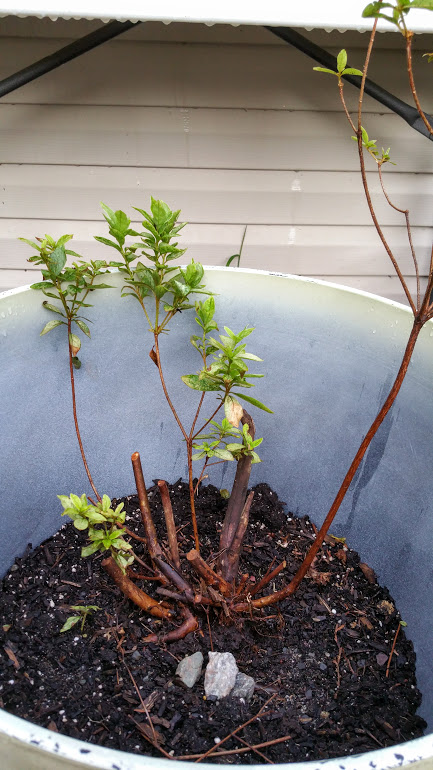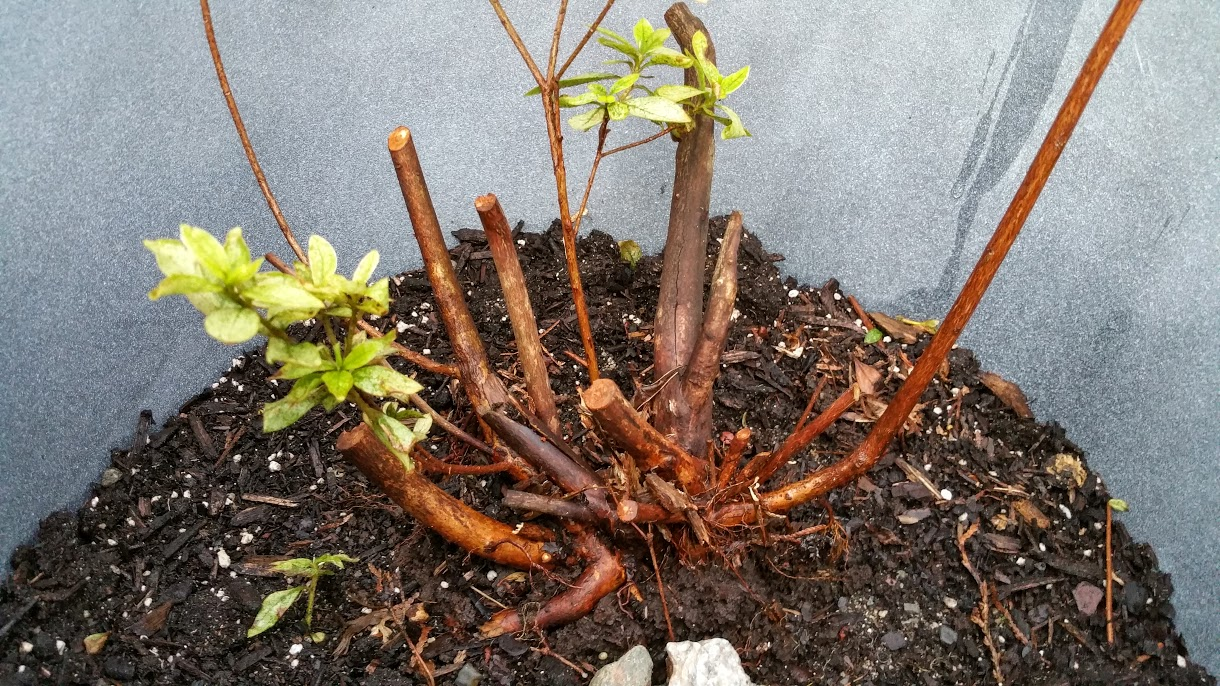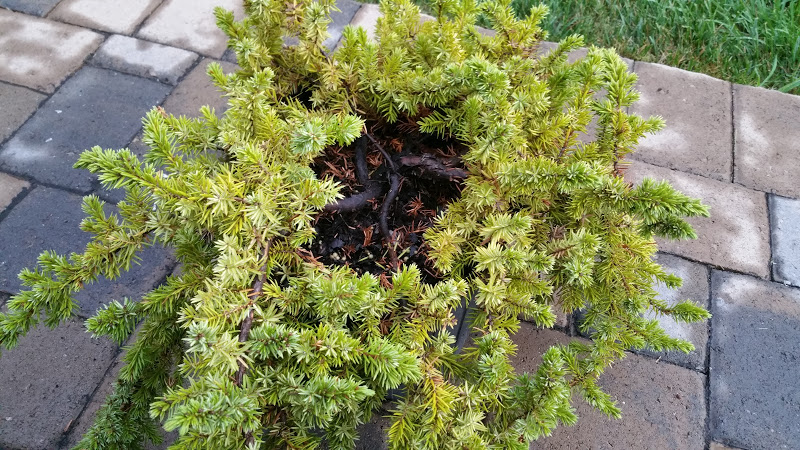Sunwyrm
Mame
Trying to dip into bonsai and I'd like some feedback on what I have and how it could be worked with (if at all). I'm doing a bunch of researching as well, but would love some opinions since I don't have a good knowledge yet of what's healthy or good material.
I have a ton of mimosa, maple and mulberry saplings. Especially one mulberry I'd love to start working with that's gotten pretty big around. I read that I can just chop them and stick them back in the ground to root. Perhaps I could do that a few times with this trunk?



Next is what I think is a black pine. I could be wrong, I bought it last year from my nursery's sale section. The needles are very soft to the touch, frankly I bought it because it was nice to pet.



Then a shore juniper that looks like a shaggy mess to me, not sure what's under here.

Then another one of my weed trees, a maple. I pulled this one from out of my patio stones and potted it last year because I love the shape so much. I'd like to move it to a much larger pot, but is there anything else I should do to it to keep/enhance it's shape? Anything I should be doing to other tiny trees that are still in the ground to try and turn them into unique little snowflakes?
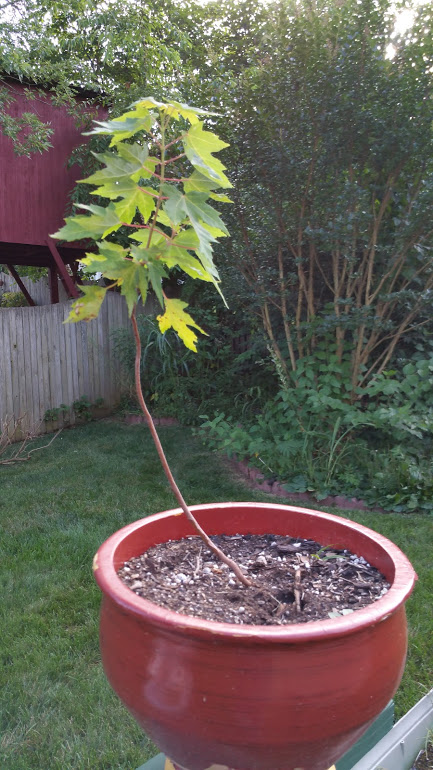

Lastly, this sad azalea that really needs moving. It's behind another azalea and a big cedar. It was pretty tall, but it looks like most of it's height has died back. Hoping I can do something to rescue it, and maybe turn it into something pretty.

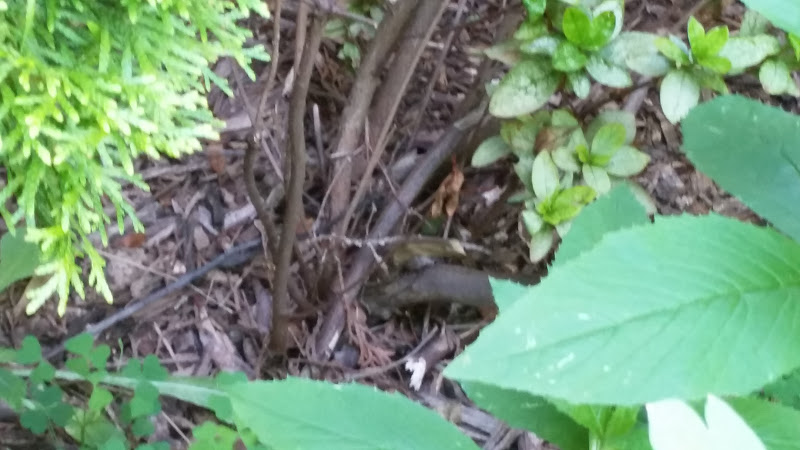
I'll probably go picking around the woods at my mom's house soon to see what other local species are available to play around with.
I have a ton of mimosa, maple and mulberry saplings. Especially one mulberry I'd love to start working with that's gotten pretty big around. I read that I can just chop them and stick them back in the ground to root. Perhaps I could do that a few times with this trunk?



Next is what I think is a black pine. I could be wrong, I bought it last year from my nursery's sale section. The needles are very soft to the touch, frankly I bought it because it was nice to pet.



Then a shore juniper that looks like a shaggy mess to me, not sure what's under here.

Then another one of my weed trees, a maple. I pulled this one from out of my patio stones and potted it last year because I love the shape so much. I'd like to move it to a much larger pot, but is there anything else I should do to it to keep/enhance it's shape? Anything I should be doing to other tiny trees that are still in the ground to try and turn them into unique little snowflakes?


Lastly, this sad azalea that really needs moving. It's behind another azalea and a big cedar. It was pretty tall, but it looks like most of it's height has died back. Hoping I can do something to rescue it, and maybe turn it into something pretty.


I'll probably go picking around the woods at my mom's house soon to see what other local species are available to play around with.


